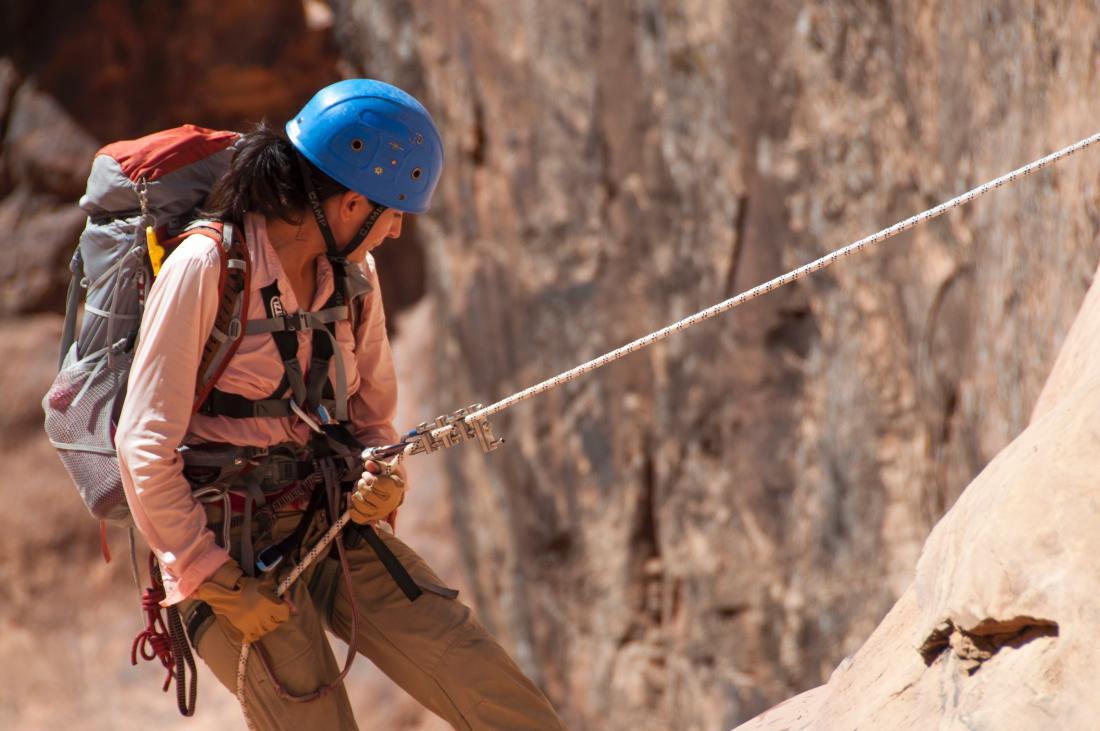[MEDUSA] What is adventure tourism and why is it more sustainable?

Within the tourism industry, several different forms of tourism have emerged that try to contain its negative and strengthen its positive impacts as best as possible. Adventure tourism (AT), represents one form of sustainable tourism, among several further ones (like e.g. slow tourism, ecotourism, off-peak or domestic traveling), which offers a possibility to cancel out tourism’s negative effects.
There are several definitions of what adventure tourism is. The most common one is given by the Adventure Trade Travel Association (associated partner of our project MEDUSA), which defines adventure tourism as a type of tourism containing at least two out of the following three components: “1) physical activity, 2) a connection to nature and the environment and 3) an immersive cultural experience”.
Activities range from hiking, climbing, cycling, mountain biking, snorkeling, scuba diving, ballooning, paragliding, and water sports like (kite) surfing, kayaking and paddling to birdwatching, fishing, safaris (incl. wildlife photography) and cultural activities such as culinary experiences (e.g. wine/ craft beer tasting, rural gastronomy, cooking classes), participation or watching of traditional rites, visits to archeological sites or wellness activities (e.g. forest bathing, yoga or meditation) in natural surroundings (non-exhaustive list).
Relying on natural and/or cultural resources to develop and carry out those activities, adventure tourism mostly takes place in rural or more remote areas. There, it contributes to the generation of income and the development of infrastructures, where other economic activity, apart from agriculture, is often not taking place. The type of activities carried out by adventure tourists are also less conditioned by seasonality, wherefore they can be also enjoyed in the shoulder or off-peak seasons, which eases the stress of high tourism penetration concentrated during a short period during the year. It furthermore generates more stable employment opportunities for the local population. Income also tends to stay within the territory (according to the ATTA, 65.6% of the total trip cost from an adventure package remains in the destinations visited) since activities are often organized in collaboration with local operators or even depend on the expertise or implication of residents (e.g. tour guides with knowledge of the local territory, cultural rites practiced by locals) instead of multinational tourism operators and hotel chains. Eventually, adventure tourism helps to improve the quality of life of local communities.
In addition, on several occasions, it allows visitors to reach their destinations using eco-friendly transport, or at least, avoiding the most polluting travel options such as airplanes and cruisers. Natural and cultural resources being the cornerstone and key assets of adventure tourism are given enhanced status, often leading to the generation of protected natural areas or species and the preservation of cultural traditions.
Hence, as compared to other forms of tourism (e.g. urban tourism), adventure tourism has the potential to develop the local economy under the respect of nature, culture, and people.
If you want to know more about the adventure tourism industry and opportunities to develop it under MEDUSA project, then keep an eye to our activity and do not miss out on any of our social media posts. You can follow us on:
- Twitter: https://twitter.com/MEDUSA_Tourism
- Instagram: https://instagram.com/medusatourism?igshid=rqiywkq9iowm
- Facebook: https://www.facebook.com/Medusa-tourism-104766144311698/









